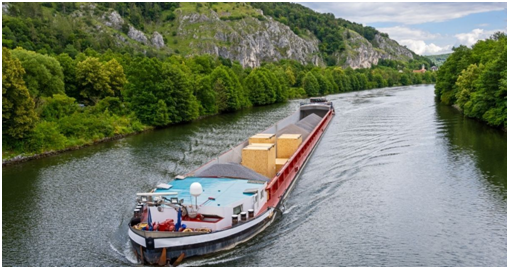
According to official sources, IWT earned Rs 3.36 crore in 2020–21, Rs
5.56 crore in 2021–22, Rs 8.93 crore in 2022–23, and Rs 8.46 crore till January
2023–24.
According to official sources, in 2020–21, IWT ferried 19,79,198
passengers, 42,030 quintal cargo, and 8,46,836 vehicles.
In 2021–22, IWT ferried 43,85,952 passengers, 1,65,390 quintal cargo,
and 13,31,650 vehicles. In 2022–23, IWT ferried 36,54,960 passengers, 1,37,826
quintal cargo, and 11,09,708 vehicles.
In 2023–24 until December, IWT ferried 25,52,275 passengers, 1,96,394
quintal cargo, and 5,65,475 vehicles.
According to official sources, as many as 90 IWT ferry ghats are
operational in the state. IWT has a total of 227 vessels, both ferry and
commercial ones. However, 138 of them are operational, and 92 of the vessels
are lying idle.
IWT has a strength
of 3,141 manpower.
The Directorate of Inland Water Transport, Assam, functioning under the
umbrella of the Transport Department, oversees the water transportation
activities in the river routes throughout the state, primarily focusing on passenger
ferrying and cargo transportation on the river Brahmaputra, Barak, and their
tribataries. Additionally, IWT Assam also plays a crucial role in promoting
river tourism by providing river cruise facilities and floating restaurants
with AC and without AC. Currently, IWT Assam manages 90 passenger ferry
services across Assam, with 70 operating in the Brahmaputra Valley and 20 in
the Barak Valley. This directorate has also leased out the vessels of private
operators for the transportation of cargo services, which contributes to the
state exchequer.
To ensure the navigability of river routes and
to facilitate smooth ferry and criss-cross cargo operations, IWT Assam has also
maintained its river conservancy wings.